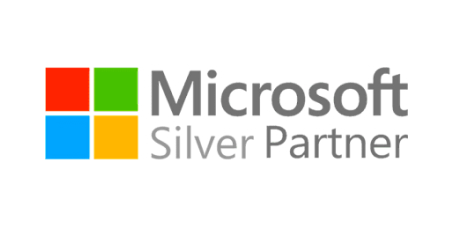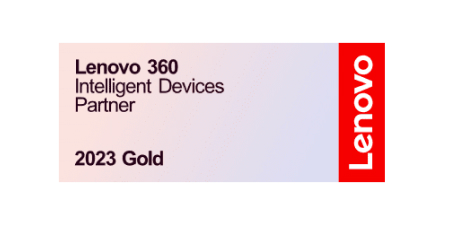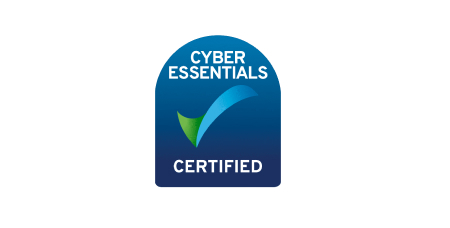Making IT Amazing
Why do we have the paradox that instead of improving agility and cohesion, ‘enabling’ more flexible working patterns, the opposite can be the case with IT investment?
Instead of better information flow, for example, access to relevant data is more complex, while any expected reduction in the operational costs of the business fail to materialise.
The implications are increased vulnerability, as well as an impact on effectiveness, an increased difficulty in remaining competitive and being on the same wavelength as their customers. For a report being researched and written by DECISION magazine for HB Tech, companies consider what they need to address if IT is to deliver key objectives.
This is one of the papers to be published in the report.

Tom Ross
Managing Director
Foresolutions
Airlines will limit the weight allowance for luggage you can put on board the plane, but if that’s exceeded, you don’t have to leave stuff behind. You simply pay extra to take that heavier suitcase. That’s an analogy which can be drawn to explain the flexibility of a cloud-based system.
A more specific benefit is revealed by Tom Ross, the managing director of Foresolutions. “We used to do billing on the fifteenth of the month,” he explains, “and using our server it would take seventeen hours, overnight. We would come in the next morning and all the invoices were populated onto the accounts system. Now we just turn up the service capacity for a few hours and it takes twenty minutes. It’s not cheaper, but it has changed what we are able to do.”
Foresolutions, who specialise in business communication, the Internet of Things, as well as asset and vehicle tracking, moved from in-house servers to the cloud when the company relocated in February 2019. It was the catalyst for reviewing the efficiency of their approach to IT. That billing system is a case in point.
“It used to take one week a month to do the billing and it was tedious,” recalls Ross. “In the end one customer said he would leave if we billed him wrongly again. So I decided to scope out what a good system would look like. We couldn’t find anything suitable on the market, and I was scared of having something bespoke made for us so I decided we would build our own billing and stock system with the latest Microsoft platforms. That got the process down to one day a month, and the added automation has made it easier to add in new customers.”
But making your own systems can be “time-consuming, distracting and mentally draining,” says Ross. “The other downside of IT is that if a business gets it wrong it creates even more ill-feeling. The danger – and we have fallen into this – is that technology can take away the human touch. Companies can almost hide behind it.”
He doesn’t blame the IT per se for this. “I’m very unaccepting of the idea that it is always the fault of the system,” he explains. “It’s usually a case of rubbish in, rubbish out. Technology can have a really good or a really bad effect on customers. It can change the way that they perceive the personality of the business.”
Ross originally joined Foresolutions as a sales trainer but at the time there were so many outstanding ‘tickets’ – requests for support – that he got involved in the IT side of the business to help find a solution. “There were 800 outstanding tickets and two full-time people dealing with them. I worked to resolve the issues, and then ended up buying the business! Now we have a proper ticketing system and right now we have only thirty-three outstanding tickets.”
One of the challenges for an SME is assessing what new technology would be truly useful, suggests Ross, and he wishes some of those tools were better at ‘talking’ to each other. “The technology is out there but it could be more cohesive. There are so many different systems in silos and I would like it all to be integrated more easily,” he says.
The biggest impact in of IT in Foresolutions’ actual market has been two-way radio. “Walkie-talkie technology has changed incredibly,” Ross explains. “Two-way radio enables you to communicate instantly across the globe, using the internet and data networks. There isn’t the need for large local infrastructure. There are some great opportunities out there but trying to keep up is almost impossible when overseas suppliers with hundreds of technical developers are bringing out a new product every week. It’s a question of which one do we test and back?”
He thinks artificial intelligence could present more opportunities. “Maybe not in my time,” he accepts, “but I see AI becoming part of GPS and the Internet of Things. Can we then predict when a device is going to pack up for example? I am sure that with all the GPS data that we gather, artificial intelligence will enable it to be put to practical use.”
What’s next for the business in the context of external-facing IT has been a shift into a new market: from vehicle and lone-worker tracking to non-vehicle tracking; for example, monitoring the whereabouts of trolleys in airports. “And today we can monitor data through sensors such as fridges, as well as monitor occupancy of spaces such as offices and meeting rooms to keep people safe,” says Ross. “GPS tracking, which accounts for two-thirds of our business, is an incredibly crowded market, but also the biggest moving target. New entrants – many being what we call bedroom traders – are starting up every day. What sets us apart is not just that we’re an established, experienced business but that we’re able to react quickly to changing situations or new opportunities, which would also serve to move us into less saturated markets.”
Indeed, Ross believes that increasingly, companies are going to have to deploy IT to meet growing customer expectations, which of course have risen as a consequence of technology. “People won’t put up with next-day response or even a two-hour response, it needs to be right now. And businesses now tend to use text for business conversations; my biggest customer though texts me on a Friday, wishing me a great weekend.”
There’s a reason, he says, why digital communication is considered to be more expedient. “If I ping someone an email they tend to answer quickly, but I can waste hours trying to get them on the phone. “They see a telephone call as an interruption, an invasion; with an email they can answer on their own terms and they don’t get caught up in hour-long phone conversations.”
Which brings the issue of how to cope with the endless stream of emails. “I would love to do an experiment to find out how much time is really saved by using email,” says Ross.
“It seems convenient but it can lead to endless chains, taking days, and you can become a slave to your computer or smartphone. Your inbox becomes a to-do list by default and that worries me. I sometimes think ‘was that a wasted day, what did I achieve?’ It can be damaging too, as you can go into a meeting with one customer while thinking about the one who had just emailed you!”
In this respect Ross found useful advice in the book ‘The Hamster Revolution: How to Manage Your Email Before It Manages You’. “Diarising time with customers and only checking emails three times a day has made me much more productive,” he explains
Researched and published by
DECISION magazine
www.decisionmagazine.co.uk








